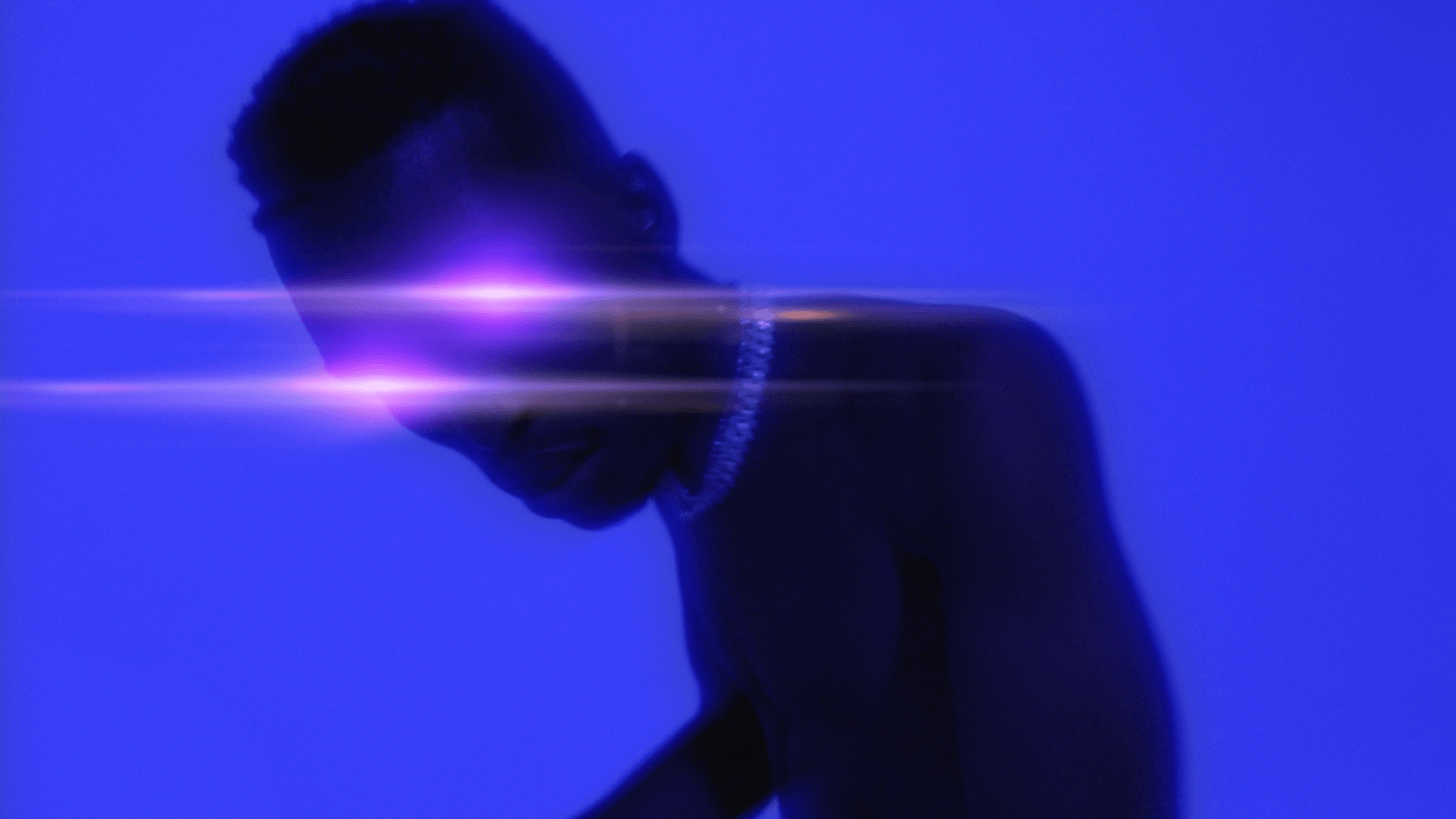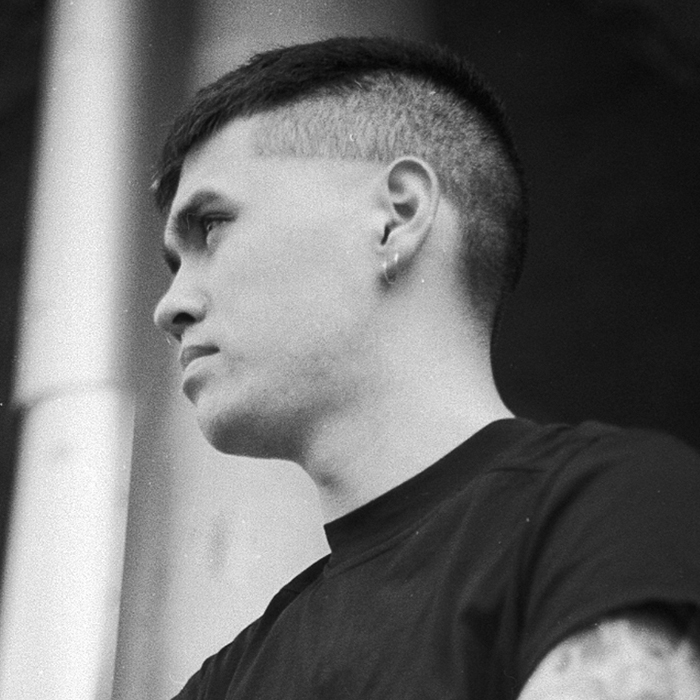DJ Lag, Sinjin Hawke – Raptor
What more is needed to prove that South African dance music is taking over the world? Gqom and amapiano are currently the country’s hottest cultural exports, and Black Coffee has just been nominated for a Grammy for Best Dance/Electronic Album. It’s easy to see how gqom in particular resonates beyond its origin in the townships of Durban. The sparse, skeletal rhythms and reverberating, decaying bass feel simultaneously primordial and futuristic. At its most basic, it plays on the elements of music that ignite our instinct to move. At its most forward thinking, gqom provides a sort of liminal space for the experimentation of club sounds, much in the same way as post-club has done. In fact, much of the post-club manifesto involves deconstructing existing club music motifs backwards to interpolate the rhythms of what one might imagine our ancestors danced to around fires. Gqom has a similar origin story; it’s grounded in the traditional percussive patterns and rhythms of Zulu tribal culture, re-programmed for a contemporary society where these roots have become tangled with the West. The form then becomes a voice for the current generation of South African youth to reclaim a sense of identity, one that pays reverence to their roots but embraces the future as a space of potentiality.
Widely considered the pioneer of gqom, DJ Lag has remained at the forefront of the genre’s evolution. His current sound is informed by the inherently transient spirit of the form; that it evolves with the times, allows itself to be influenced and shifts toward the ‘next thing.’ Fusing motifs traditionally associated with amapiano, such as the unmistakable log drum, with gqom’s minimalism, Lag has created a sonic scrapbook of the ever transforming South African underground. On his latest single Raptor, out via Platoon, he is joined by fellow disruptor and musical weirdo Sinjin Hawke. The Canadian-American producer and Fractal Fantasy co-founder has become renowned for his hyper futuristic club mutations, pushing the boundaries of form to new and sometimes discomforting heights. Opening with immense, blaring horns as if announcing the arrival of a fabled warrior, Raptor instantly infuses both Lag and Hawke’s signatures. A helium inflated vocal sample loops like drops of quicksilver over a mutant gqom beat, the regular time kick decaying and industrial. The horns return at the track’s midsection, this time to announce the arrival of its propulsive final act. Here, phrases of drum kicks pound one after the other, relentless and transcendental. The effect is mesmerising, and distinct from similar explorations into these sounds by the likes of Scratchclart, for example.
More significantly, Raptor feels like a conversation. It’s a meeting of gqom’s past and present, a discourse opened between worlds by way of bass and reverb. Lag and Hawke propose a vision of what the future of this form could look like. An essential conversation when discussing the popularisation of gqom and amapiano in European and American markets is always appropriation, especially when considering these forms were created as acts of reclamation. With Raptor, Lag and Hawke suggest that the way to work through the inevitable dissemination of these forms is to embrace it, and work together to formulate a shared vision of the future.
Watch the music video for Raptor featuring Manthe Ribane and directed by Travys Owen below.
Follow DJ Lag
Facebook | Twitter | Instagram
Follow Sinjin Hawke



